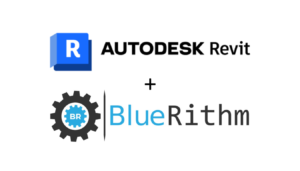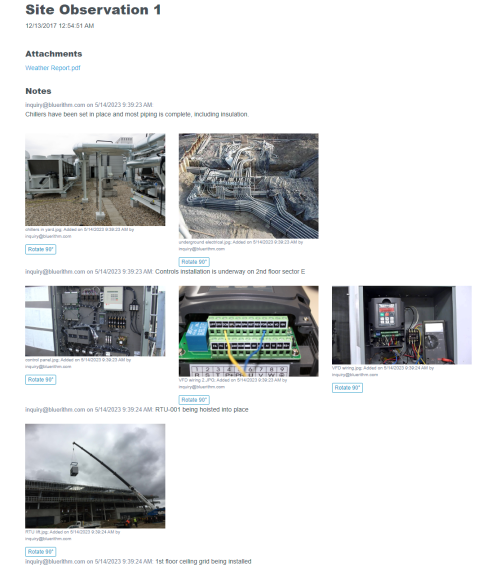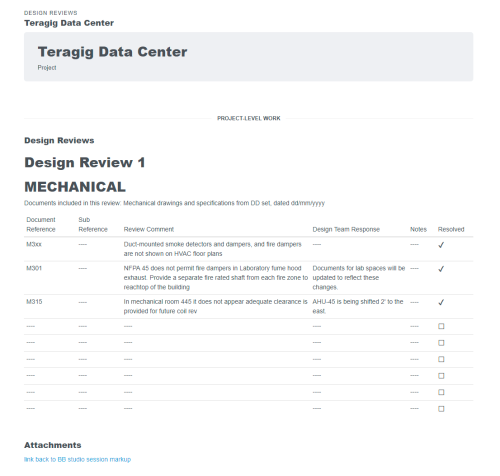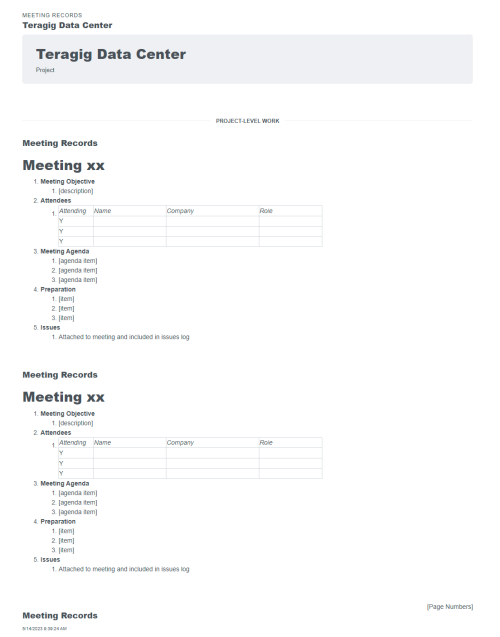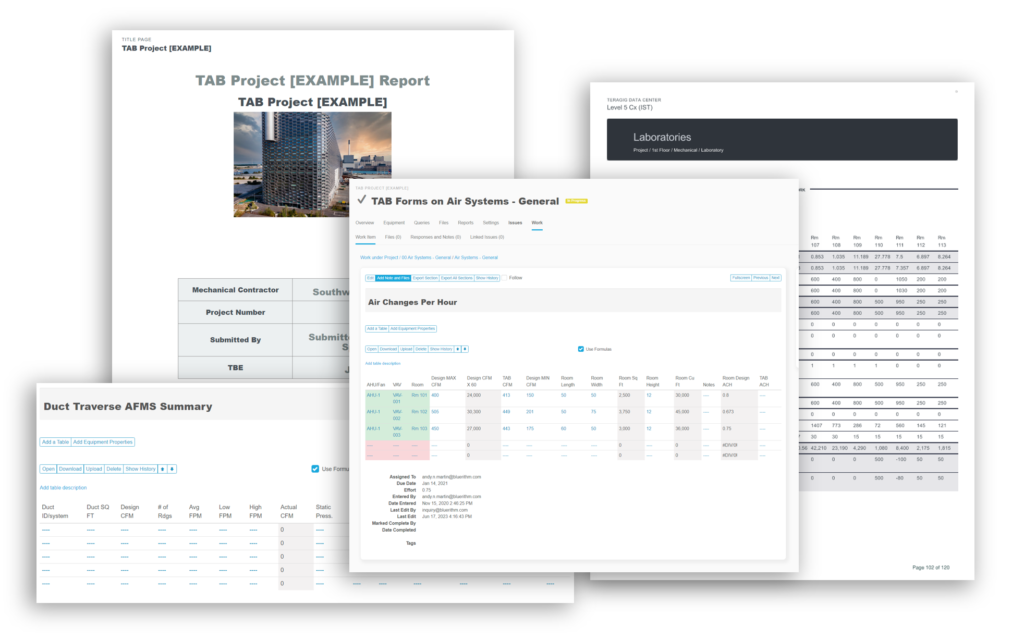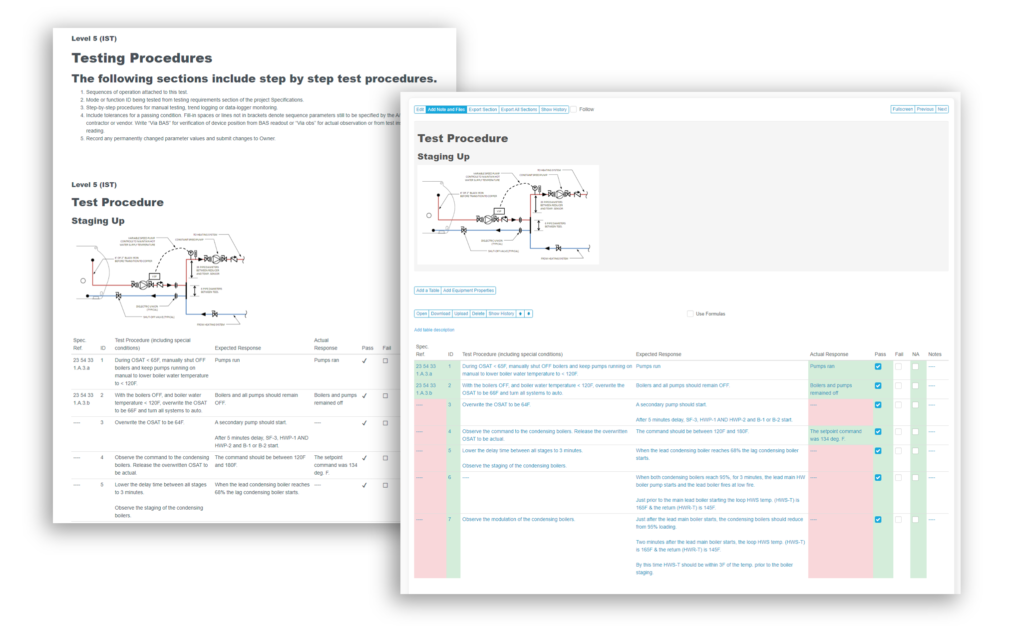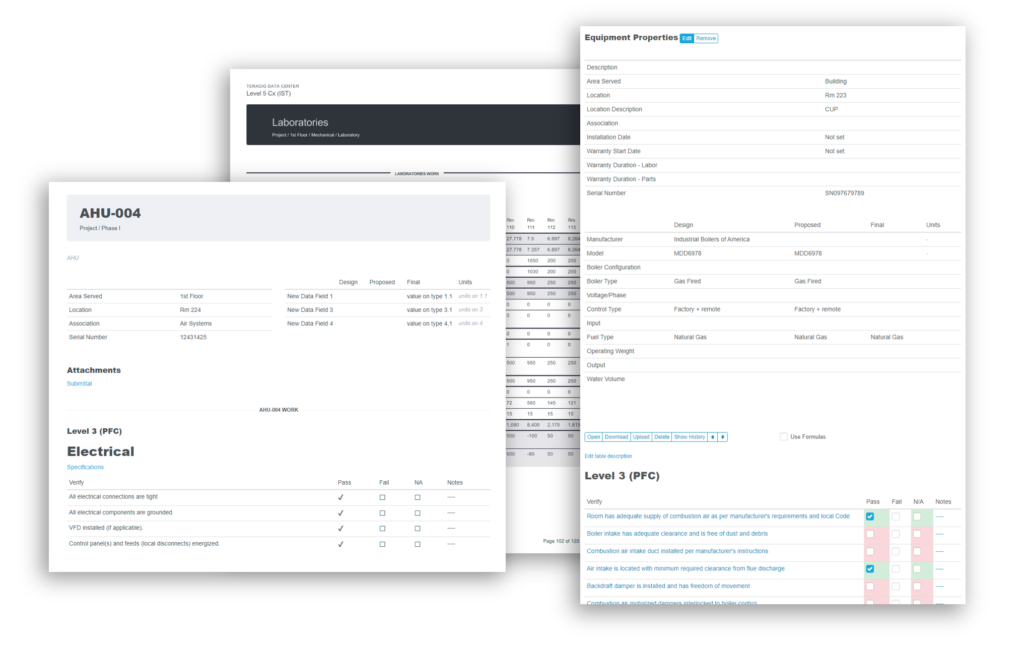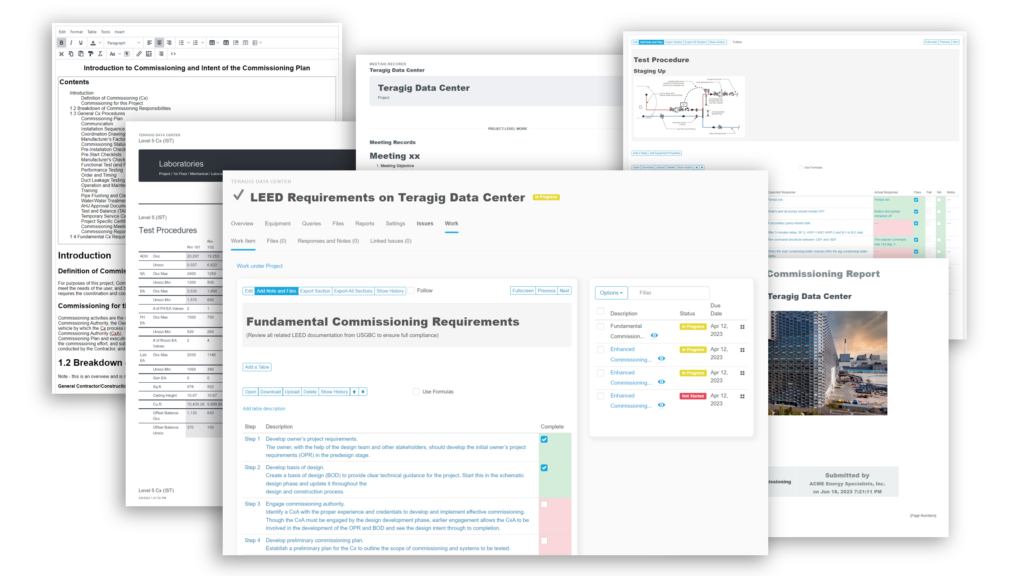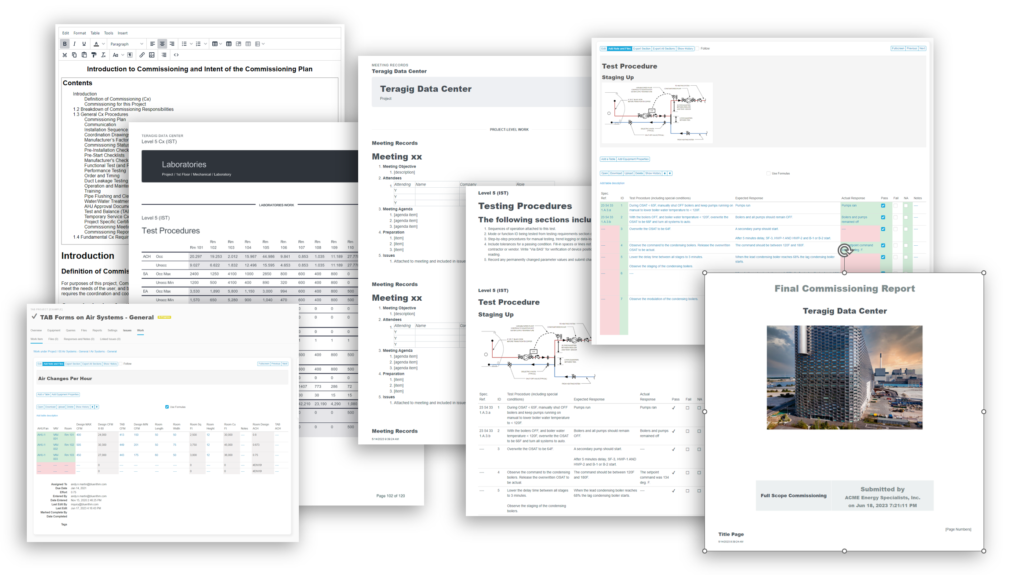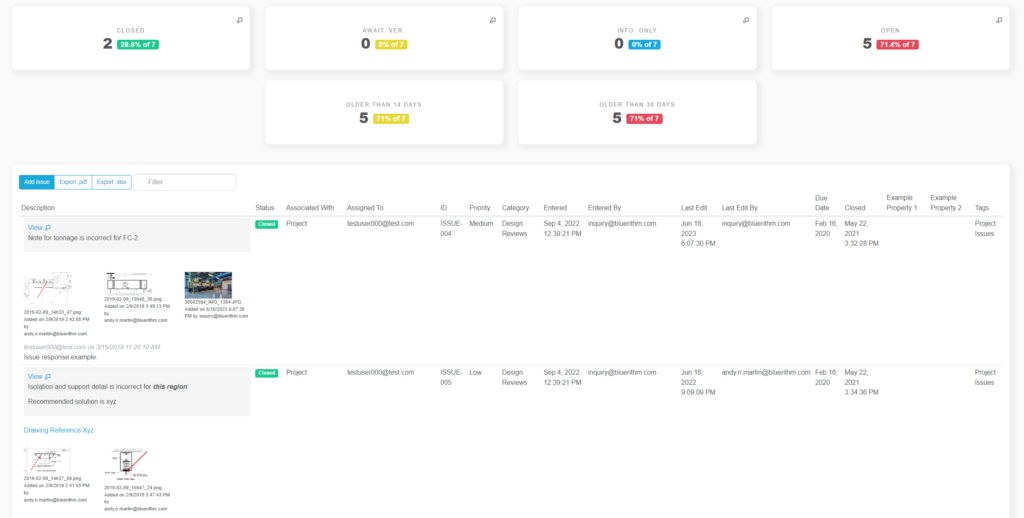My First Review
I haven’t ever written a review of a book before, but I thought there was enough universally useful information in this one that I wanted to share my thoughts.
Why I Think this Book, and Others Like It are Important
Historically, advice and insight around running a business tends to come from a very MBA-esque point of view. This could include excessively long business plans, SWOT analyses, strategic planning, marketing plans based on bad assumptions rather than real-time feedback, and many other forms of plans, mission statements, forecasts, etc. that amount to pages and pages of stuff no one will ever read, and that can be irrelevant before they’re released. This isn’t to say that these things don’t have a time and place, but to the vast majority of business, especially those that fall into the small to medium business category, they are almost unnecessary.
I would summarize Rework by saying that it’s about doing, rather than philosophizing. This is great for several reasons. First off because of what I mentioned earlier – too much business advice centers around academic concepts that are hard to apply to real life, and even more difficult to derive real value from. Second, many of us with technical and engineering minds spend a lot of time and effort analyzing things… what if this, what if that… This can be the right approach for some technical problems, but when it comes to our businesses, we often need to make decisions quickly based on the best information we have at the time, try it, and see what happens. If it turned out to be the wrong decision, correct course based on the new information you have and continue moving forward.
A Few Highlights
“Scratch your own itch.” Think about your service or product from the point of view of the people who need it, and in the context of the exact problem they’re trying to solve. Many new services or products are born this way, literally from people discovering a need and developing a way to solve it, then creating a company around it.
Forget about your competitors. Well, don’t completely tune them out, but definitely do not copy them. Anyone can copy someone else, and maybe they’ll even have some moderate success at first. But by copying, you miss all of the subtleties and actual reasons behind why they’re doing what they’re doing. Successful products and services are tailored over time based on direct feedback from customers who use them. Copying leaves you in a spot where you’re always one step behind, and furthermore, your customers may actually want something slightly different.
Try to carve out a niche, and serve your customers exclusively. For example, if you are an expert at navigating credits and rebates with utilities, focus on retro-commissioning and services where you can help your clients obtain this rebates. If your clients primarily operate in the higher education vertical, tweak your offerings to cater to them.
Don’t be obsessed with growth. You don’t always need to grow. If you reach the “right” size that is sustainable and is meeting your original goals for the business, why focus on getting bigger, as opposed to being focused on improving what you have, increasing profitability, etc.?
Don’t be a workaholic. Workaholism causes more problems than it solves. It’s based on intellectual laziness and the idea of throwing sheer quantities of hours and brute force at something, rather than finding elegant and creative (not to mention sustainable) solutions. There is always enough time if you spend it right.
Meetings are toxic. This is one of my favorites. We are unnecessarily obsessed with having meetings; meetings that have undefined purposes, and meetings that breed more meetings. Meetings are one of the worst interrupters and productivity killers. An hour long meeting with 10 people requires 10 hours of productivity to be dedicated to it, and probably more when you consider the switching costs of stopping, then starting the work before and after it, and any prep time needed.
Most scheduling software breaks our days into 30 and 60 minute chunks. Some meetings are going to be unavoidable. Before the next one, ask yourself how long it should really take if everyone stayed on topic and the agenda was followed. Try scheduling a 7 minute meeting.
Summary
Rework challenges lots of the ideas that we’ve come to accept as gospel. It re-frames many of them in ways that modern day companies can grasp and put to work. It puts results and effectiveness above philosophy and abstraction. The advice can be taken as a solid baseline in a world where many things that used to only be available to a large enterprise are now inexpensive or free and accessible to individuals and small companies.
This is content from BlueRithm.



